Blog Posts
Share information about your brand with your customers. Describe a product, make announcements, or welcome customers to your store.
talkingfashion
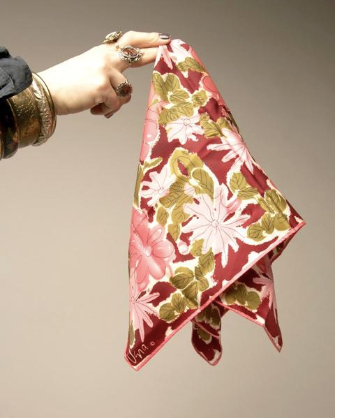
Pioneering the Scarf Industry
Pioneering the Scarf Industry By Paige McKirahan Seeing as how we have already learned the history behind the magnificent accessory, we begun to wonder about the designers who paved the...
Pioneering the Scarf Industry
Pioneering the Scarf Industry By Paige McKirahan Seeing as how we have already learned the history behind the magnificent accessory, we begun to wonder about the designers who paved the...
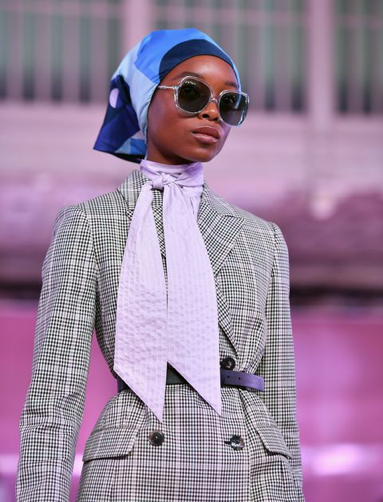
The SS ’19 Fashion Month Scarf Revival
The SS ’19 Scarf Revival By Paige McKirahan Is the impending cold weather giving you the winter blues before the season has even begun? Are you already scrambling to find...
The SS ’19 Fashion Month Scarf Revival
The SS ’19 Scarf Revival By Paige McKirahan Is the impending cold weather giving you the winter blues before the season has even begun? Are you already scrambling to find...
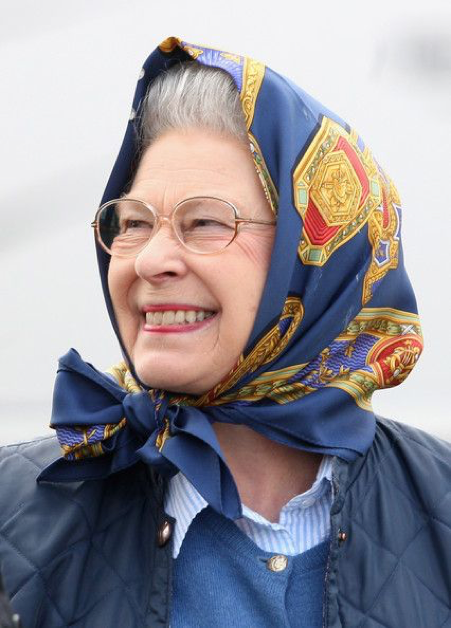
Scarves Throughout Time
Scarves Throughout Time By Paige McKirahan Calling all scarf lovers! Have you ever wondered how this beloved trend came into circulation? Well, wonder no more! With origins tracing their...
Scarves Throughout Time
Scarves Throughout Time By Paige McKirahan Calling all scarf lovers! Have you ever wondered how this beloved trend came into circulation? Well, wonder no more! With origins tracing their...
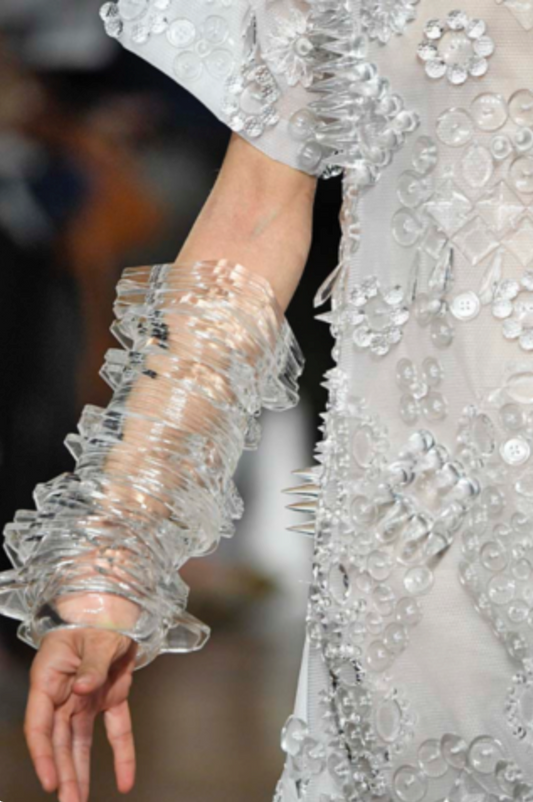
Paris Fashion Week SS’19 Accessories Trend Spot...
Paris Fashion Week SS’19 Accessories Trend Spotlight By Paige McKirahan Hello, fashion week aficionados! As a month of fabulous spring and summer fashion is finally coming to a close,...
Paris Fashion Week SS’19 Accessories Trend Spot...
Paris Fashion Week SS’19 Accessories Trend Spotlight By Paige McKirahan Hello, fashion week aficionados! As a month of fabulous spring and summer fashion is finally coming to a close,...
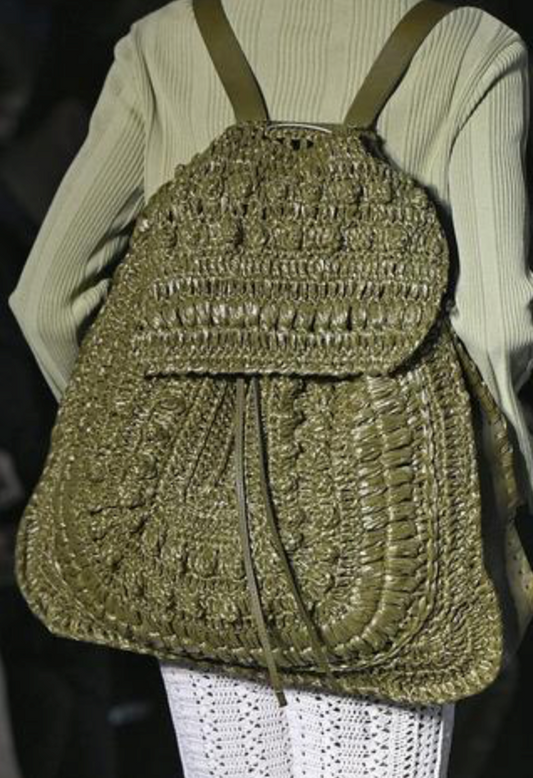
Milan Fashion Week SS’19 Accessories Trend Spot...
Milan Fashion Week SS’19 Accessories Trend Spotlight By Paige McKirahan Hello again, fashionistas! As Milan Fashion Week reached its conclusion on September 25th, we thought that we would reflect...
Milan Fashion Week SS’19 Accessories Trend Spot...
Milan Fashion Week SS’19 Accessories Trend Spotlight By Paige McKirahan Hello again, fashionistas! As Milan Fashion Week reached its conclusion on September 25th, we thought that we would reflect...
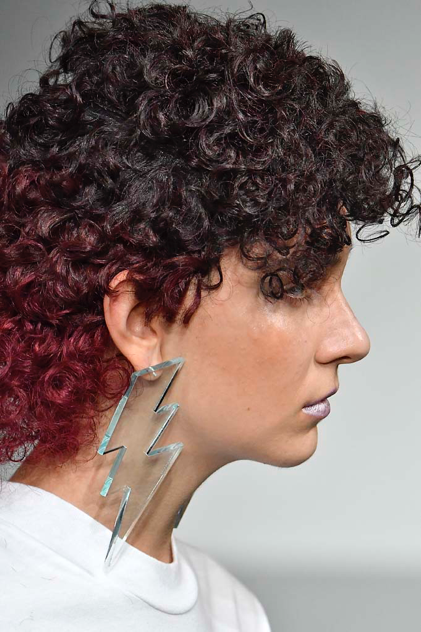
London Fashion Week SS'19 Accessories Trend Spo...
London Fashion Week SS'19 Accessories Trend Spotlight By Paige McKirahan Welcome back to the Talkingfashion blog, fashion week lovers! Today, we have decided to take a look at the...
London Fashion Week SS'19 Accessories Trend Spo...
London Fashion Week SS'19 Accessories Trend Spotlight By Paige McKirahan Welcome back to the Talkingfashion blog, fashion week lovers! Today, we have decided to take a look at the...
